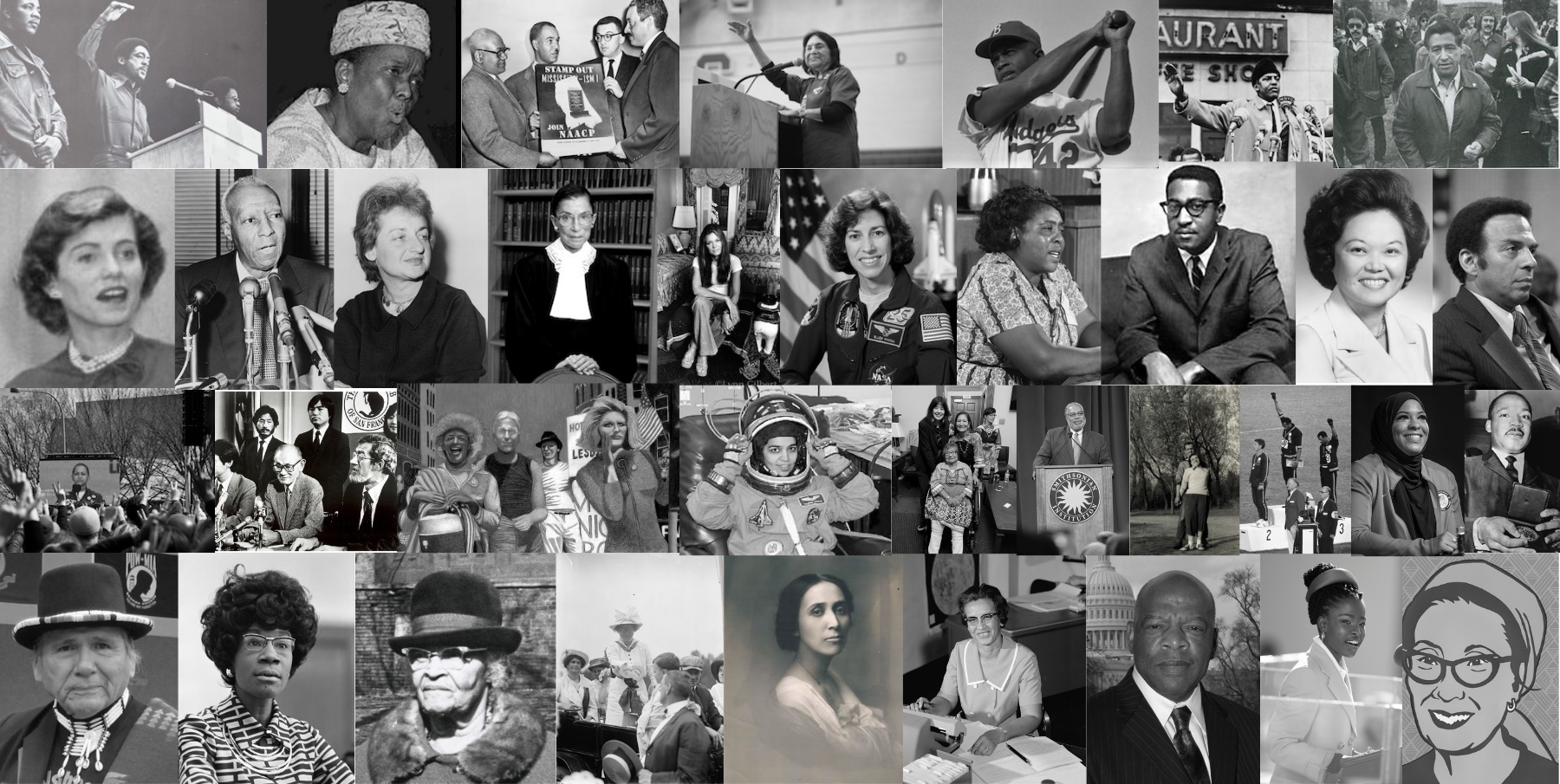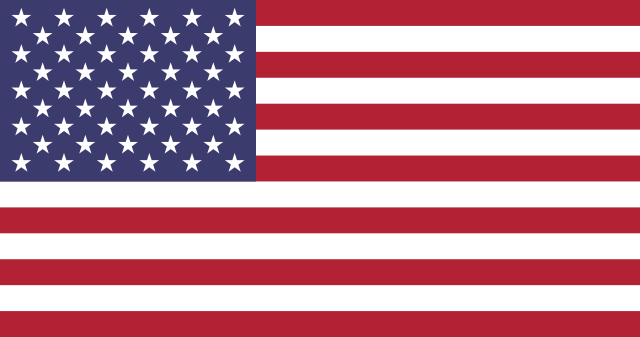Teaching beyond the traditional textbook can take many forms. For some teachers, this comes from books that cover all of U.S. history in one volume. The most popular book to date is Howard Zinn’s A People’s History of the United States, but most recently Jill Lepore’s These Truths: A History of the United States has also presented an alternative to the traditional textbook.
Since 1980, Zinn’s A People’s History of the United States has been a staple in history classrooms. Zinn’s work is in a “bottom up” look at history, focusing on the everyday rather than the traditional whitewashed version of history. Zinn’s work has even inspired the Zinn Education Project, a place for classroom resources based on the people’s history approach.
Most recently, Jill Lepore, wrote These Truths: A History of the United States, one of the first efforts in a long time that a historian has tried to cover all of U.S. History in one volume. The overview of the book states, “Jill Lepore offers a magisterial account of the origins and rise of a divided nation, an urgently needed reckoning with the beauty and tragedy of American history.”¹ Lepore’s book looks at the good and bad side of history through well-known and lesser-known Americans.
Both of these books are alternatives to traditionally published textbooks, but are they any more inclusive or diverse than those that History Needs New Heroes explores? A sample dataset pulled from the indexes of each book, shows yet another dismal state of inclusion in history’s narratives.
A People’s History of the United States by Howard Zinn (1980)
People by Gender
People by Race
People by Role
These Truths: A History of the United States by Jill Lepore (2018)
People by Name
People by Race
People by Role
While the indexes do not include everyone that is mentioned throughout the book, it still gives an indication of the people who are mentioned throughout the text itself. Both books are definitely more diverse in terms of role, but they are still dominated by white men. This isn’t to dismiss their power and their usefulness in a classroom. It does suggest, however, that other resources should be used to present students with a more diverse group of historical actors. #historyneedsnewheroes
- “These Truths: A History of the United States,” W.W. Norton & Company, Inc., 2019, accessed April 13, 2019.

